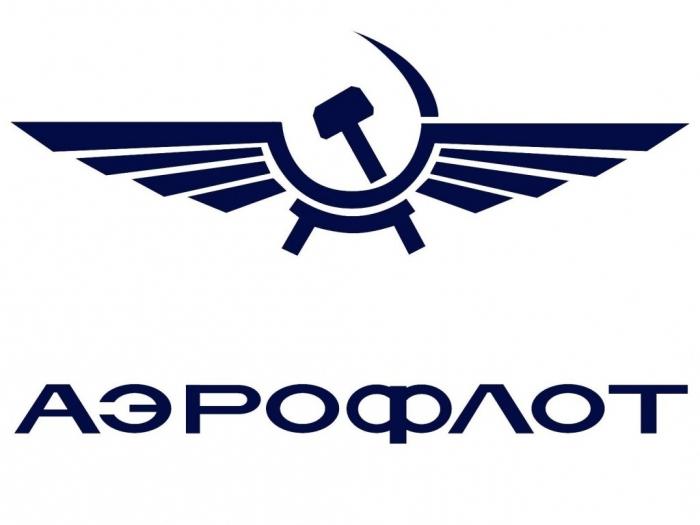Middle-aged and older people sometimes with nostalgia recall unobtrusive Soviet-era ads calling to fly Aeroflot airplanes. Posters with this slogan were hung up near the ticket offices and just in crowded places, there was no commercial sense in it, since there were no competitors for this air carrier.

The current company, JSC Aeroflot - Russian Airlines, is a direct descendant of this powerful organization, which unites enterprises of various profiles. The emblem depicting a sickle and a hammer in the frame of the wings, with good-natured humor called the “chicken”, was applied to the fuselages of various types of non-military equipment. Agricultural, polar, research, meteorological, super-heavy transport, government, in general, any aircraft - all this was Aeroflot. And this is not counting the main direction, that is, the transportation of passengers. Of course, there were cases when the defense industry also used the services of the airline, and in case of war there were plans for an almost instantaneous transition to serving army needs.
Today, Russian Airlines is one of the largest companies in the world; its technical fleet operates the most modern types of aircraft, both domestic and imported. However, this is only a continuation of the glorious traditions of the Soviet era. The expression "first in the world" was often used in relation to the achievements of Aeroflot.
The Dobrolet Society was created in 1923, in 1932 it received the name, which became a trademark, one of the most famous in the world that was inherited by Russian Airlines. The winged emblem has become a symbol of reliability and high service culture, especially on international flights.
Before the war, air transportation did not occupy a prominent place in the total passenger flow, although the foundation for the future power of Russian Airlines was laid back in 1939, when the Stalinist leadership decided to acquire a license for the production of DC-3 from the American company Douglas. At that time, this type of aircraft was the most advanced in the class of passenger transport aircraft, in the USSR it was produced under the index "Li-2". Heavenly hard worker helped a lot during the war, and then, after the Victory, he began to be used for passenger traffic.
Then the main passenger traffic was taken over by the medium-range IL-14, then the All-Russian and Russian airlines received the An-24 airliner. Since 1956, the world's first jet passenger aircraft Tu-104 and turboprops Tu-114 have been used for long-haul flights.
A listing of all types of aircraft used by Russian Airlines would take more than one page of long text. Everything was here: small ones, with a cabin like a minibus, An-2, An-14 “Bee”, L-410, and huge Ana transporters, and even the supersonic Tu-144.
After the collapse of the USSR, Aeroflot became a Russian airline. Having survived the difficult nineties, he again took a strong position in the domestic and international air transportation market.
Russian Airlines are distinguished from Soviet Aeroflot by the presence in the fleet of aircraft in addition to domestic Ilov and Dry American Boeings and European Airbuses. The emblem remained the same, although on the tail plumage the place of the red sickle-hammer flag took the white-blue-red tricolor.